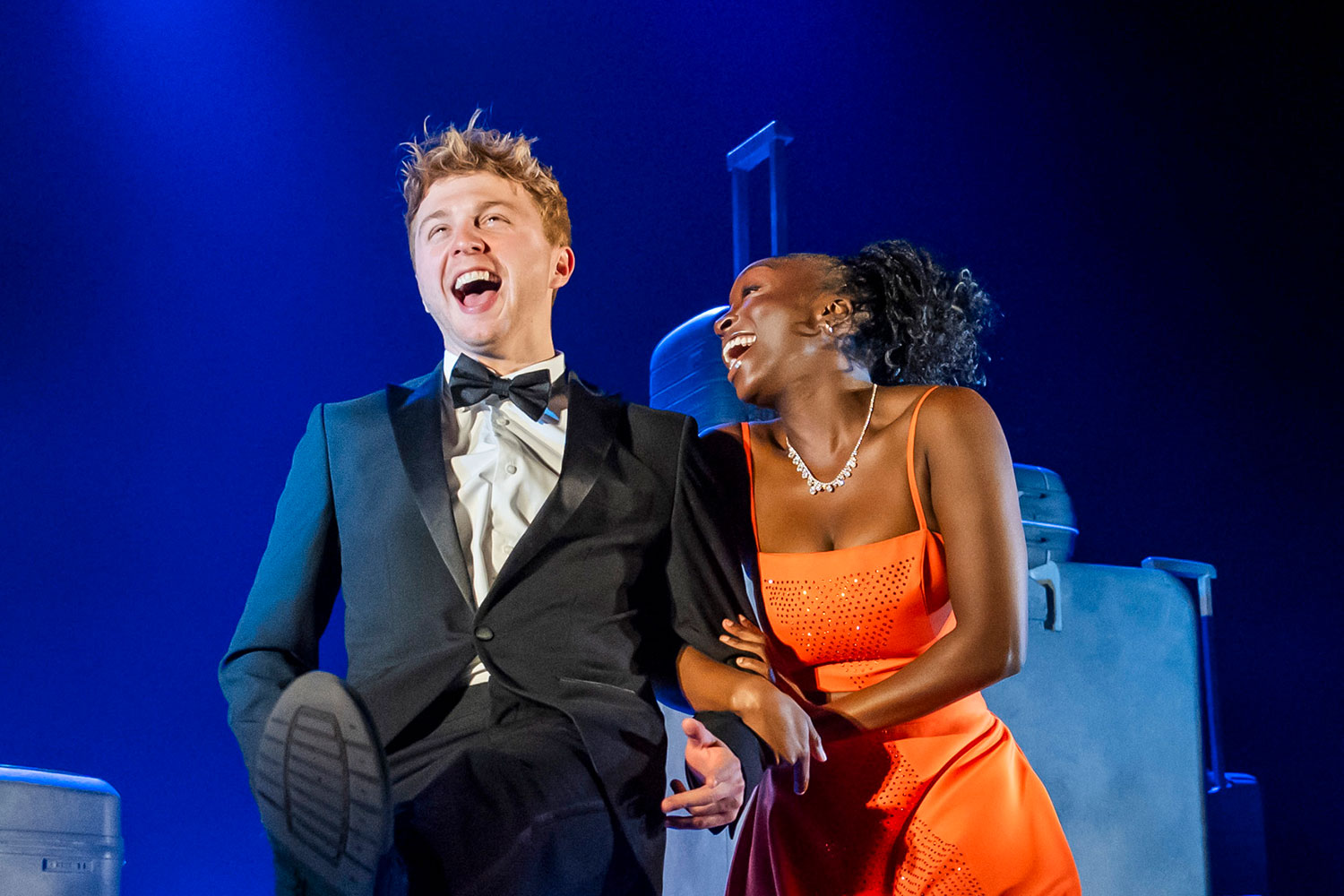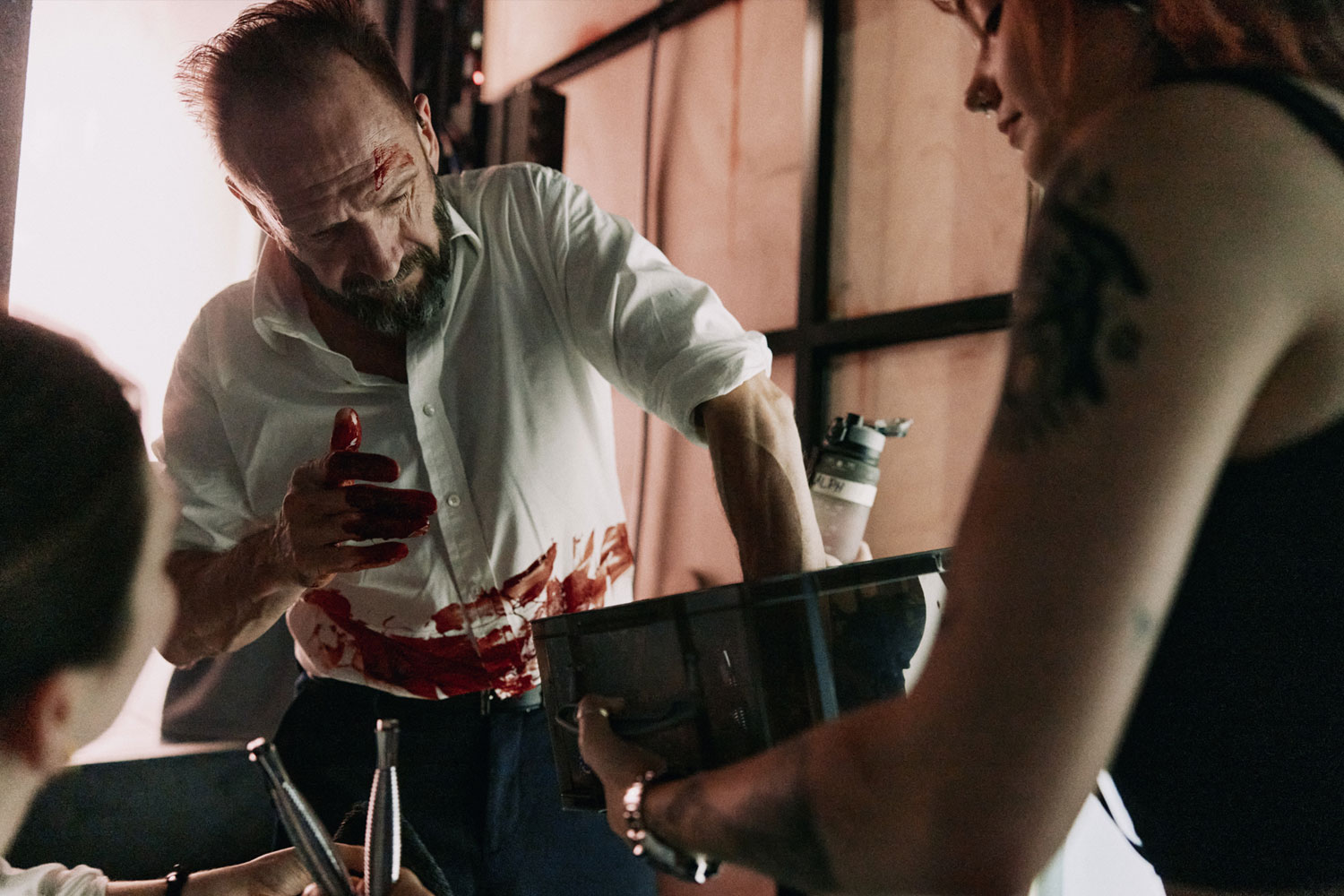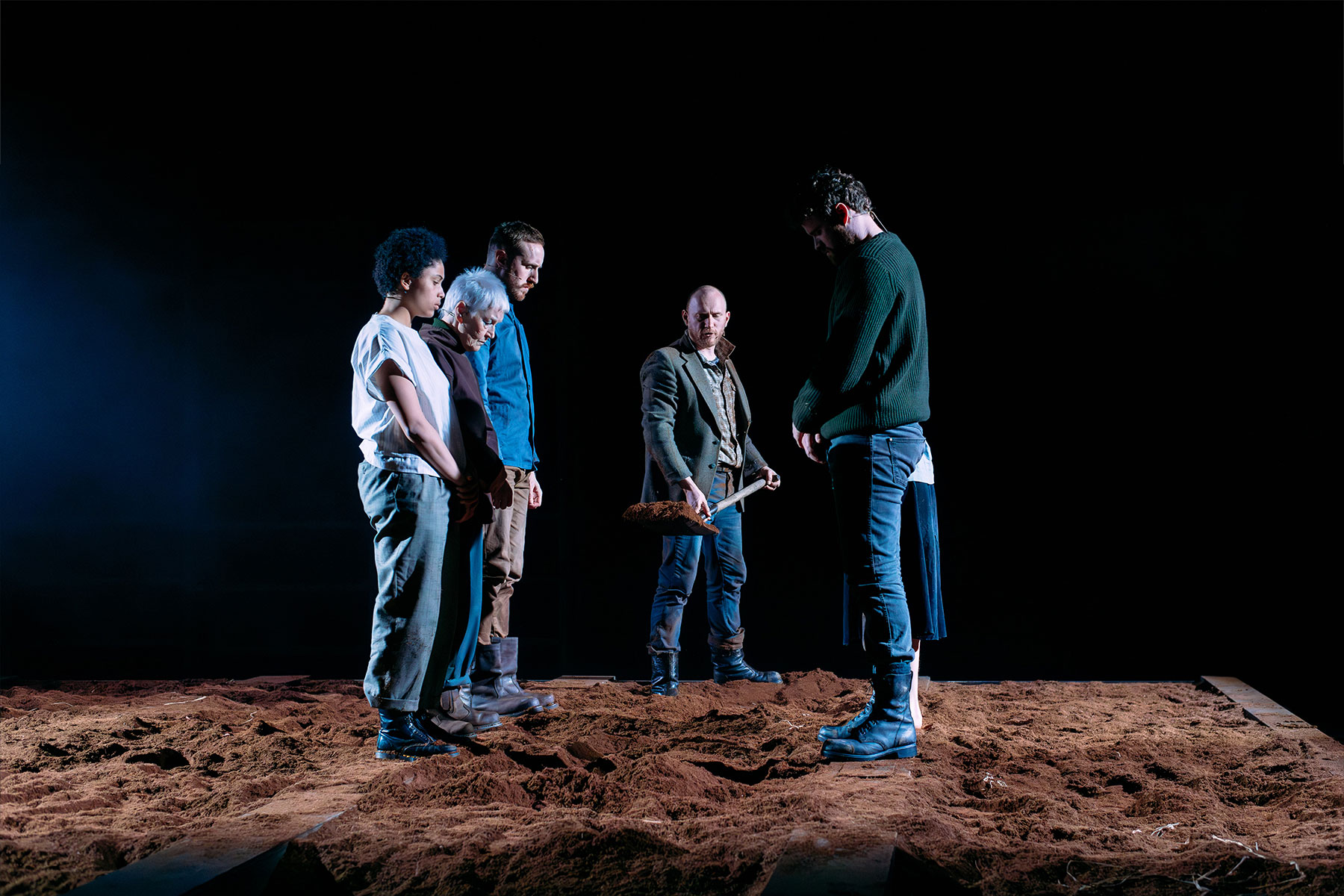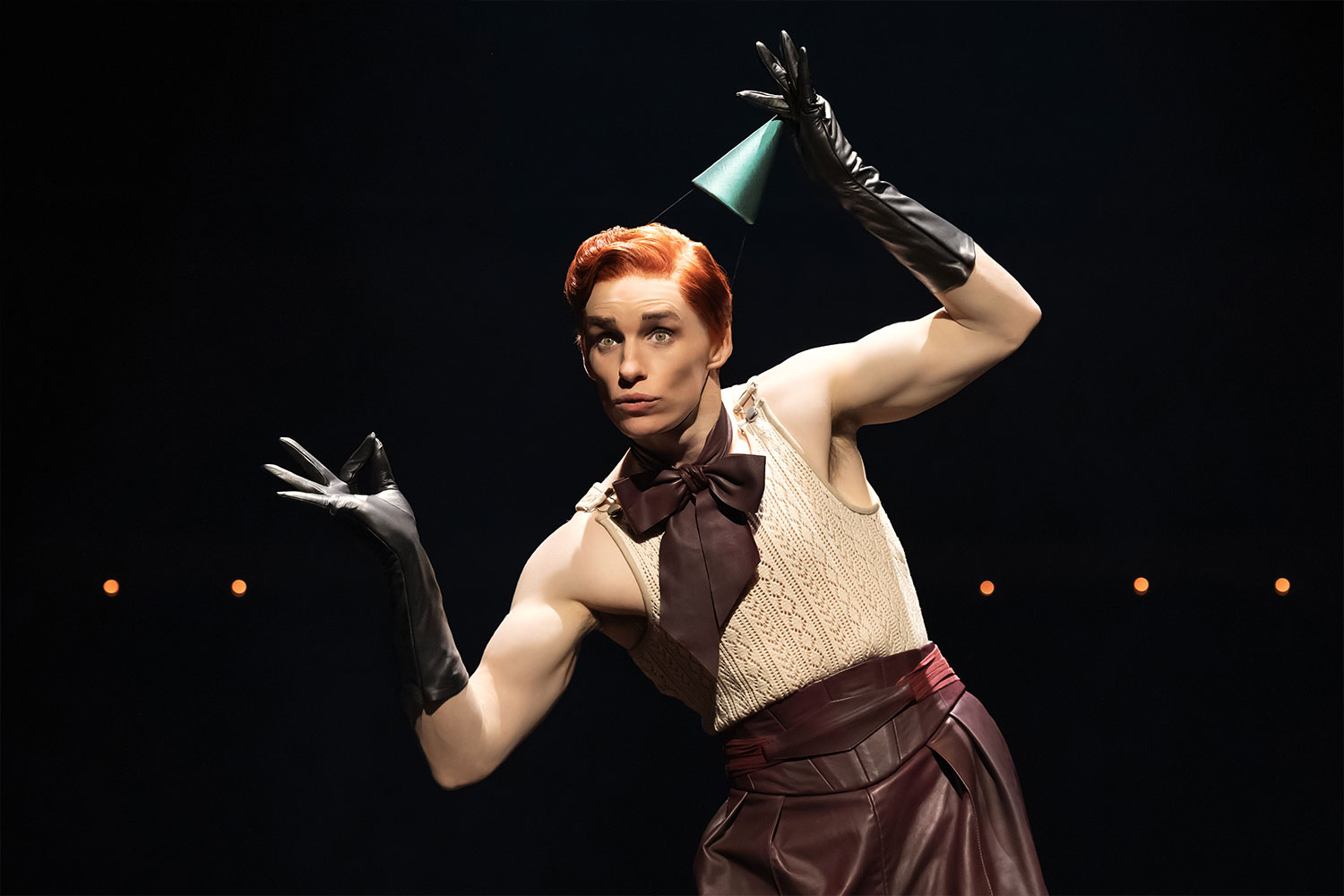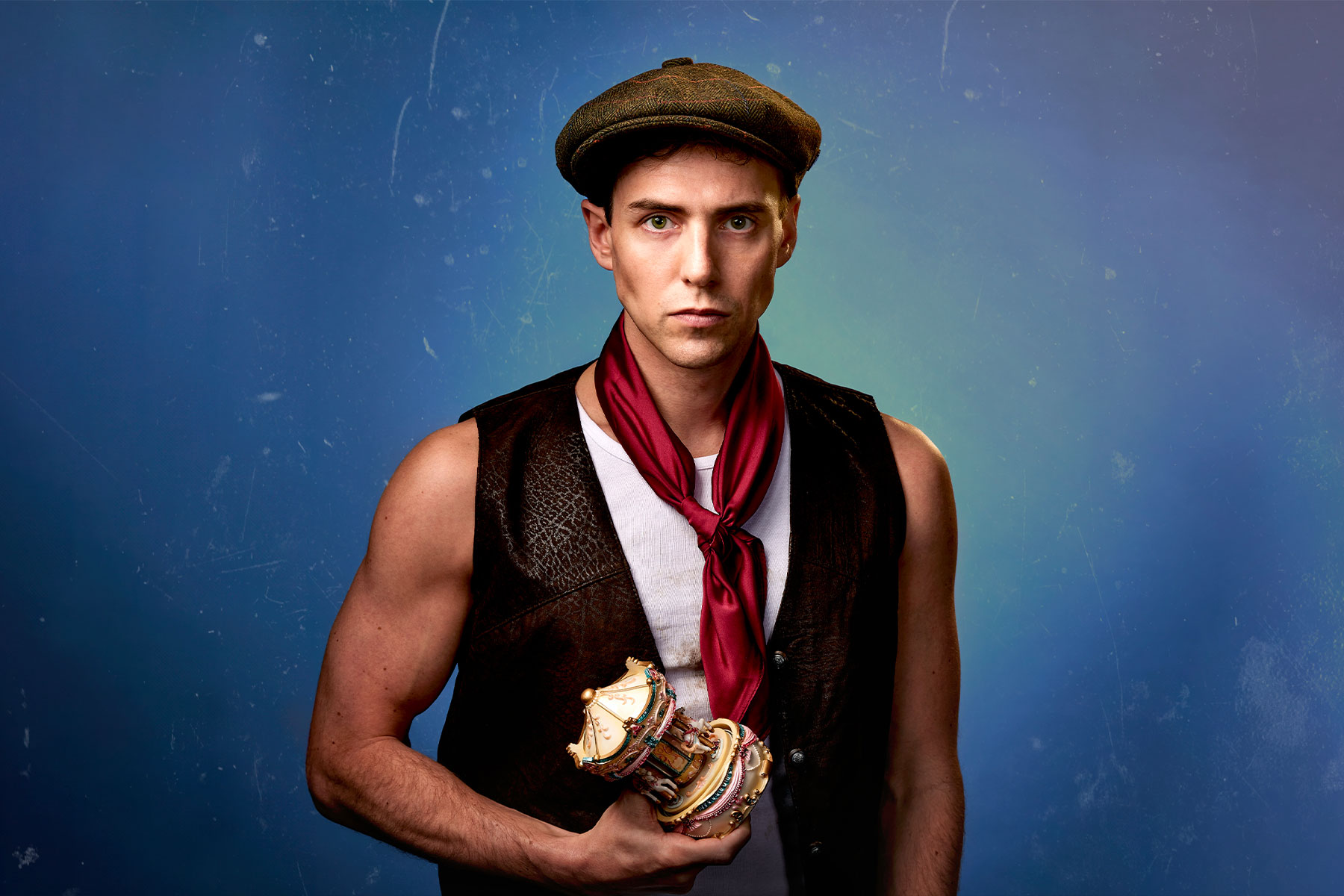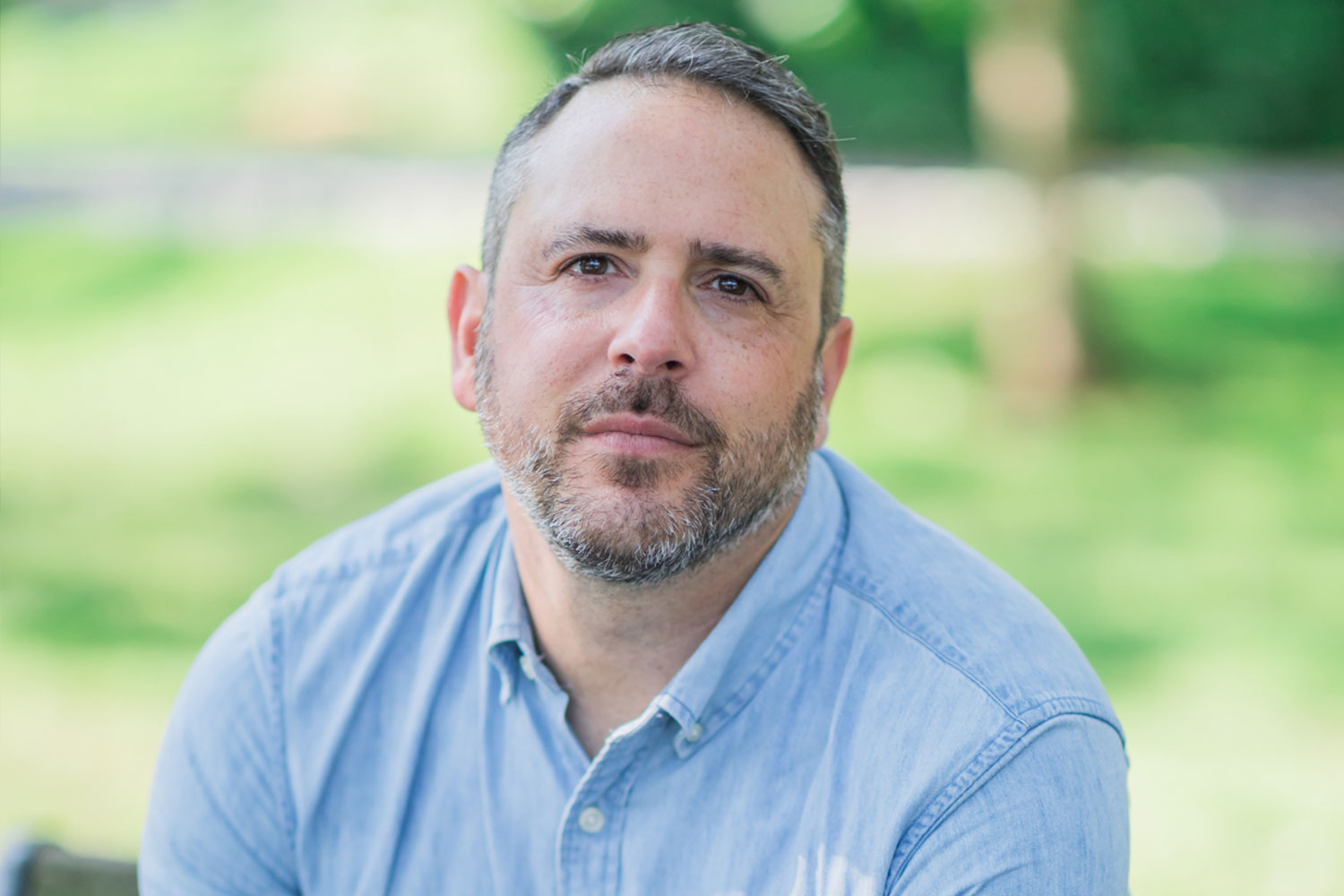WOS Radio: Cat Stars Tackle Censorship at Q&A
Censorship, colour-blind casting, coming out, rednecks, reinventing classic texts and the sanitising effect of Hollywood were just some of the topics touched on last Thursday night (10 December 2009) during the post-show discussion at our Whatsonstage.com Outing to Cat on a Hot Tin Roof.
In Debbie Allen’s hit Broadway revival of Cat on a Hot Tin Roof, Tennessee Williams’ Southern plantation-dwelling family are all played by black actors. The Pulitzer Prize-winning 1955 classic centres takes place on the day of ailing Big Daddy’s birthday party, which sets the scene for family recriminations and revelations. His son Brick, a former college sports star, is more upset about the death of his friend Skipper than the disintegration of his marriage to a sexually frustrated wife Maggie.
The 1958 film of Cat on a Hot Tin Roof starred Paul Newman and Elizabeth Taylor as Brick and Maggie, with Burl Ives recreating his stage role as Big Daddy. The last West End revival, at the Lyric Theatre in 2001, was led by Brendan Fraser as Brick, Frances O’Connor as Maggie, Ned Beatty as Big Daddy and Gemma Jones as Big Mama. A 1988 National Theatre revival starred Ian Charleson, Lindsay Duncan, Eric Porter and Barbara Leigh-Hunt.
Thursday’s Q&A was chaired by Whatsonstage.com editorial director Terri Paddock. Visit our Outings blog for more pictures from the night. And click on the ‘play’ button above to listen to an unedited recording in full. Edited transcript highlights follow …
On the significance of being involved in the first all-black Tennessee Williams production on the West End
Adrian Lester: I’m incredibly proud to be part of this project. I think the preconceptions of this play are that it has to be a white family, it has to be in the South, a family drama based on a plantation house and they have to be rednecks. And I fitted into that preconception too until Debbie Allen came over with this play. I read it, and I think there are three references to colour and they are descriptions. It’s not actually part of the drama of the piece that any of them retain a certain skin colour at all. I think when the play’s been studied at universities, one of the popular lines of thought is that the cancer in the family, the lies and the deception, represents the fading grandeur of the last days of slavery and the money that came from that and how that money from pain rots from the inside out. But that’s an academic realisation of the piece and has nothing to do with how we move about on stage.
Peter De Jersey: I’m very proud to be part of this company and to work with everyone that’s here and I don’t think it’s significant that it’s an all-black company. Having said that, it’s lovely to be in a company with an all-black cast and do a play that isn’t about race. It’s about families and how they love one another and fall out with one another. It’s refreshing.
Richard Blackwood: I suppose everyone speaks from a different place, but for me, being a comedian first and foremost, and being able to audition for Debbie Allen that was the first nerve-wracking thing. Then to be amongst the people you see here today, everybody top of their game, it’s a great learning process.
On how this production came about
Stephen Byrd: About 15 years ago we started out. I left Wall Street and my role model was Merchant Ivory. I saw great plays but I didn’t see people that looked like me, or some of you in the audience, in some of those great roles. I very naively got in contact with Tennessee Williams’ agent, who was Maria St Just, on whom Maggie the Cat was based. She was (Williams’) best friend and executor of his estate. When I asked her about getting the rights, she said the definitive version had already been done, the Paul Newman and Elizabeth Taylor film version, and I said “I beg your pardon, it hasn’t”. We went back and forth and about three months later she gave me a call and said “if you can get me Jimmy Jones, I’d be interested”. I didn’t know who Jimmy Jones was, but I said “of course I can get him” and she said “make me an offer”. I went out to Coliseum Books on 57th and Broadway and bought all the books I could find on producing on Broadway, made an offer which she accepted, and a few months later she passed away.
So we first put this together 15 years ago and it finally came to fruition. We were very fortunate on Broadway to have been the biggest play on Broadway, bringing in new audiences not unlike yourselves and here we are in London. And with this particular production – and as a producer I am a little reluctant to say this – this cast has taken it to another level. The reception here could not have been better.
On playing Big Daddy
James Earl Jones: When I got out of the army, I forget the year, it was playing on Broadway with Burl Ives and Ben Gazzara. I went to see it and I said “that’s the way that role should be played” and I’ll use it as my study aid. I’m from Mississippi and I know as much about old uneducated white men as anybody does. I use it as my study aid in all my training. I’m still studying.
On the different versions of Cat on a Hot Tin Roof
Adrian Lester: Tennessee Williams revisited the play four times. In 1974 that was the last time, for a Broadway version (revival). In 1974, after all the changes of the Sixties – the summer of love, peace, flower power, everything – he uncensored himself. He was allowed then to write what he wanted to write, in his own mind. The 1958 film version from the 1955 playscript was heavily censored. When the play was first done here, it had to be performed as part of a club because the Lord Chamberlain didn’t like its content. Not only had Brick’s repression been present in the play, the play itself had its own closet put around it, and in 1974 the play came out of the closet. Tennessee Williams allowed himself to say much more inside the characters than he ever got the chance to do before. This script is an amalgam of all those versions but mostly the 1974 version.
Alia Jones: Debbie Allen made the decision to update it to the Eighties so that the question of segregation wouldn’t be surrounding this family in the Deep South in Mississippi. There were only a few line changes; the name of the football team was changed.
Sanaa Lathan: There were a couple of references to Big Daddy as a redneck, and she took those out. I know I call Big Daddy a field hand rather than a redneck.
James Earl Jones: I protested that, I am a redneck, it (my neck) just doesn’t get red.
Stephen Byrd: When I first asked James to do this show, he said “I always wanted to play that cracker”.
On whether the cast feel intimidated by the 1955 film
Phylicia Rashad: Absolutely not. The film version is not true to the play. It’s not the play at all. It’s a sanitised version of the play. So what you see on the film, even though it has the title, it’s not Cat on a Hot Tin Roof.
Sanaa Lathan :Tennessee Williams didn’t like the film. I saw it years ago and I don’t really remember it. When I got offered the part, I made a decision not to watch it because I didn’t want to have any sort of unconscious influence. I’ll watch it in April, when we’re done. It has no bearing at all.
Adrian Lester: It’s Cat on a Lukewarm Tin Roof.
On keeping the production fresh every night
Sanaa Lathan : I have a whole warm-up routine – I have to warm up my mind. I have to think about Maggie and what she wants and I have to think about Brick, she’s obsessed with him. Then it’s about letting go of every other performance you’ve done and getting on stage and being in the moment and really hearing for the first time. That is the challenge of being an actor. It sounds simple, but it’s probably one of the hardest things.
Peter De Jersey: It does make your job easier if you have a good text to work with. It can be very hard to keep things fresh. The thing that keeps you remembering to keep it fresh is our responsibility to you all who came here and paid for your seat. If we don’t give 100% to each person every time then we’re failing. But we’re helped if we’ve got a good writer.
Adrian Lester: On a more practical level, we know what we have to say to each other, and we know what the next line is, but what we try and do is we try and surprise each other with how we’re going to say it every single night. Tonight things happened, like with the glass (a prop incident), that didn’t happen last night and won’t happen tomorrow night.
On the ambiguity surrounding Brick’s character
Adrian Lester:
Different people will get different things and some people will say it’s obvious he’s gay while others will say it’s obvious he’s not and that debate will continue, if I’ve done my job right. But sometimes the perception of a character, 50% of that perception happens in the audience’s mind. Repeatedly as actors, we are asked to answer for that perception when it’s not been our intention. We deal with the character in its time and place and whatever happens afterwards, how it relates to elements of someone else’s life, is not ours to explain.
Stephen Byrd: Tennessee Williams always wrote with ambiguity.
Sanaa Lathan : He didn’t want it to be answered.



